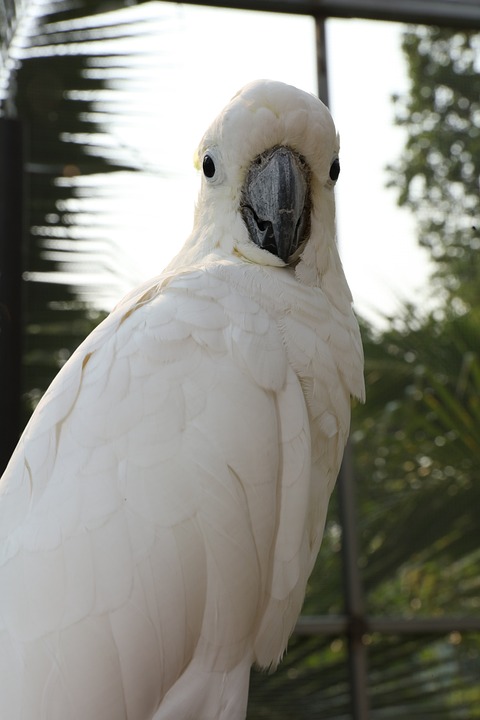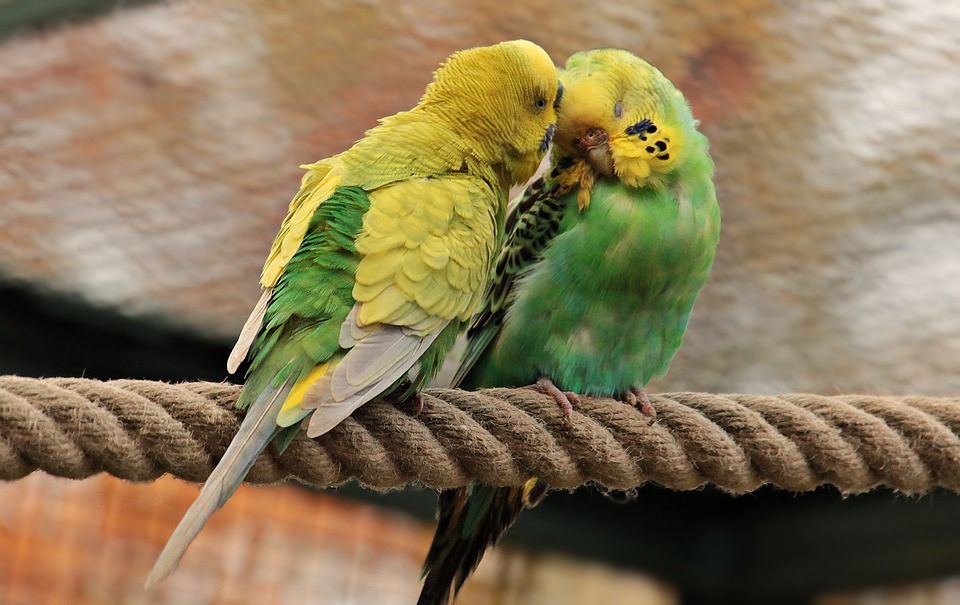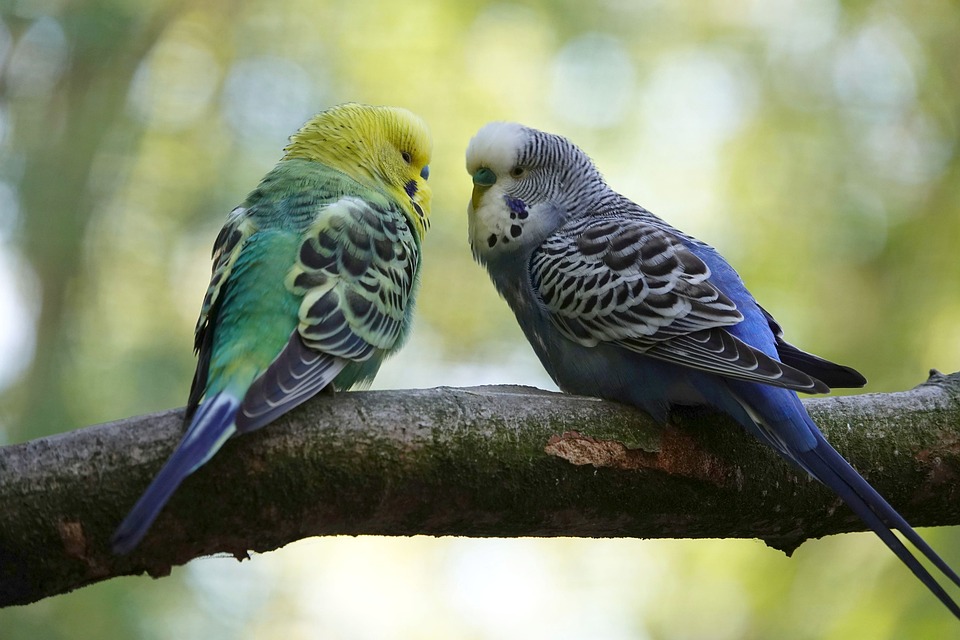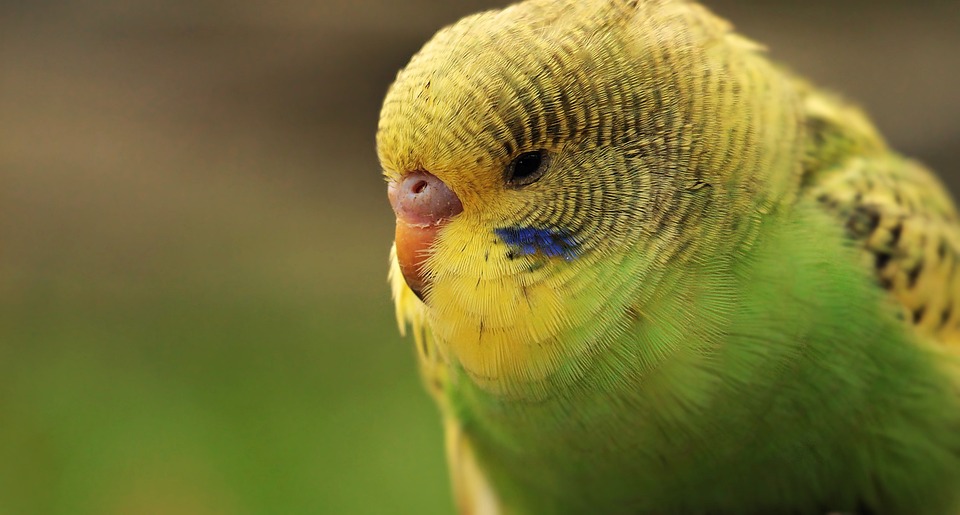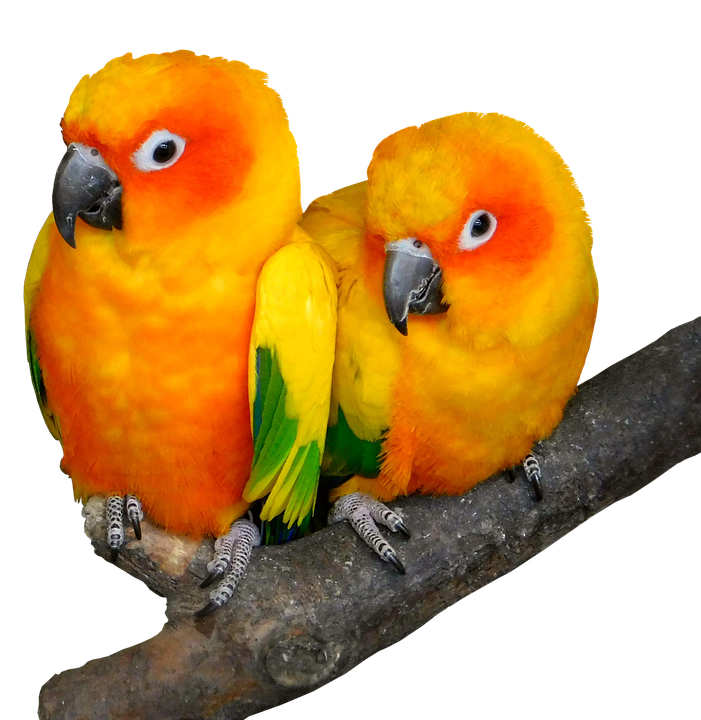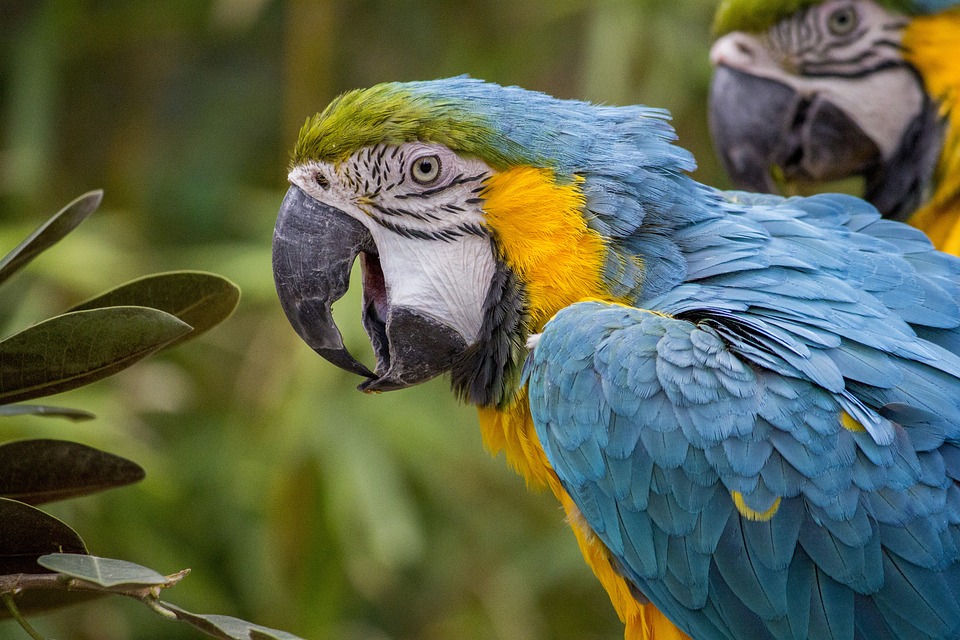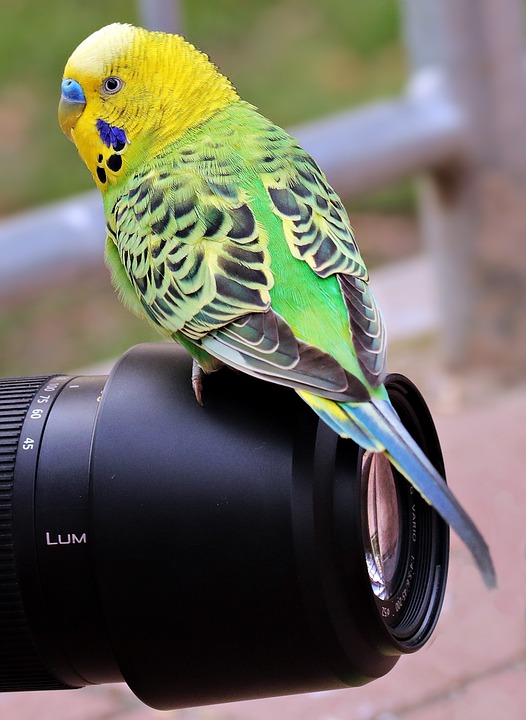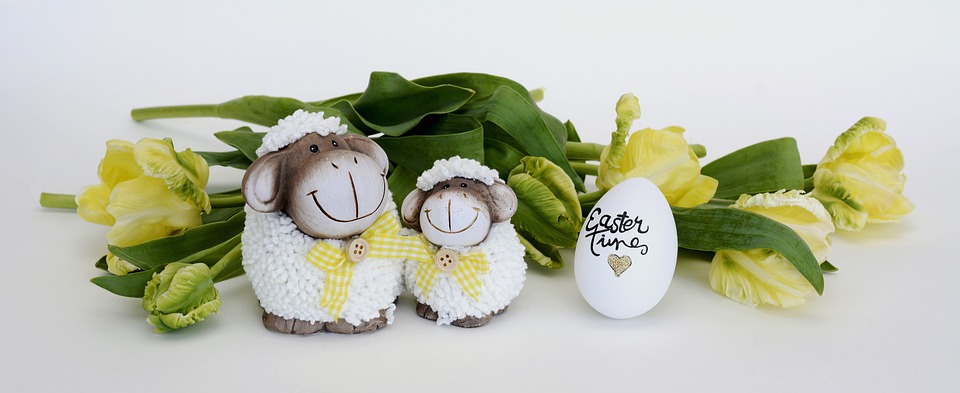Parrots are highly intelligent and social creatures that have the ability to form strong bonds with their human companions. Building a bond with your parrot is not only rewarding, but it also contributes to their overall well-being and happiness. However, it is important to recognize the signs of bonding and attachment in order to ensure a healthy and fulfilling relationship.
Bonding and attachment in parrots are similar to the way humans form relationships. When parrots feel secure and safe in their environment, they are more likely to develop strong bonds with their owners. These bonds form through consistent positive interactions and experiences, such as spending quality time together, providing mental and physical stimulation, and meeting their social needs.
There are several signs that indicate a parrot is bonded and attached to a specific person. One of the most common signs is eager greetings. When a parrot is bonded to someone, they will often display excitement and enthusiasm when that person enters the room. They may vocalize, flap their wings, or even bob their heads in excitement.
Another sign of bonding and attachment is seeking attention. Bonded parrots actively seek interaction and attention from their favorite person. They may follow them around, perch on their shoulder, or even try to groom their hair or clothing as a sign of affection.
Affectionate behaviors are also a clear indication of bonding and attachment. Parrots that have bonded with someone may engage in gentle nibbling, preening, or even regurgitate food as a way to show their love and care.
On the other hand, bonded parrots can become possessive of their favorite person and show signs of jealousy or aggression towards others who try to interact with them. It is important to address these behaviors through positive reinforcement and training to avoid potential issues.
Mimicking and vocalizing is another behavior that bonded parrots often exhibit. Parrots will mimic and imitate the sounds and voices of their bonded person, and may even develop a unique vocabulary or phrases that they use exclusively with that individual.
Relaxation and trust are also signs of a strong bond. A bonded parrot will display signs of relaxation and trust when in the presence of their favorite person. They may lower their wings, close their eyes halfway, or even lean into gentle head scratches or pets.
It is common for parrots to bond with multiple people, although they may have a favorite person with whom they have a deeper attachment. The time it takes for a parrot to bond with its owner varies, but patience, consistency, and positive interactions are key to establishing a strong bond.
Parrots can also form bonds with individuals other than their primary caregiver, although the strength of the bond may differ, and it may take more time and effort to establish trust and attachment.
If a parrot loses its previous owner, it is possible for them to bond with someone new. However, it is crucial to give them time to adjust and provide a nurturing and supportive environment.
If a parrot displays signs of aggression towards others, it is important to seek professional advice from an avian behaviorist or a veterinarian with avian experience. They can help identify the underlying causes and provide guidance on how to address and manage the aggression.
Recognizing the signs of bonding and attachment in parrots is crucial for building a strong and fulfilling relationship with these intelligent and social birds. By understanding these behaviors, you can ensure that your parrot feels loved, secure, and happy in their human flock.

